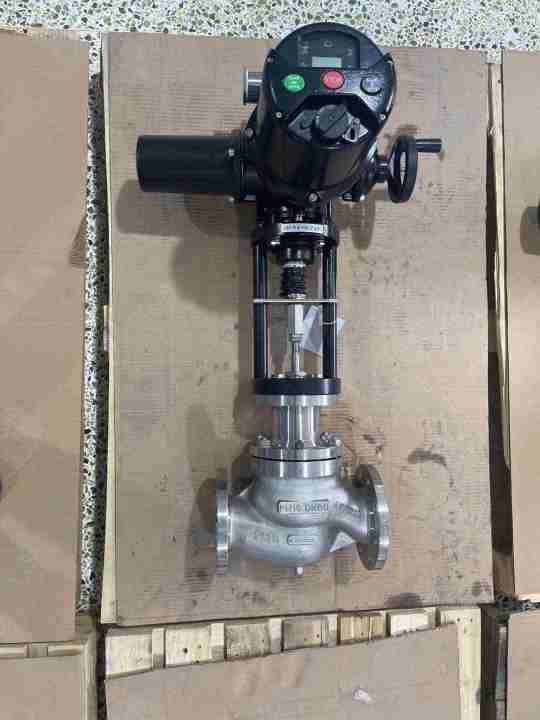Electric two-seat regulating valves are integral components in modern industrial control systems, offering precise flow regulation for various processes that require high accuracy, safety, and efficiency. Their versatility and reliability make them a popular choice across many sectors, including chemical engineering, HVAC systems, water treatment, and power plants. This article explores the functionality, applications, and benefits of electric two-seat regulating valves, shedding light on why they are indispensable in industries that rely on fluid control.

What is an Electric Two-Seat Regulating Valve? At its core, an electric two-seat regulating valve is designed to regulate the flow of fluids—whether liquid or gas—through a pipeline by adjusting the valve’s opening in response to a control signal. The term “two-seat” refers to the valve’s design, which includes two sealing surfaces or “seats” that come together to form a tight seal when the valve is closed. This configuration ensures minimal leakage and improves the performance of the valve, even in demanding conditions. An electric actuator drives the valve, using electric power to adjust its position. This mechanism is controlled by a feedback system that ensures precise modulation of the valve’s opening, giving it the ability to manage fluid flow, pressure, and temperature with great accuracy. The valve typically receives signals from a digital or analog controller that adjusts its position based on real-time data from the process system.